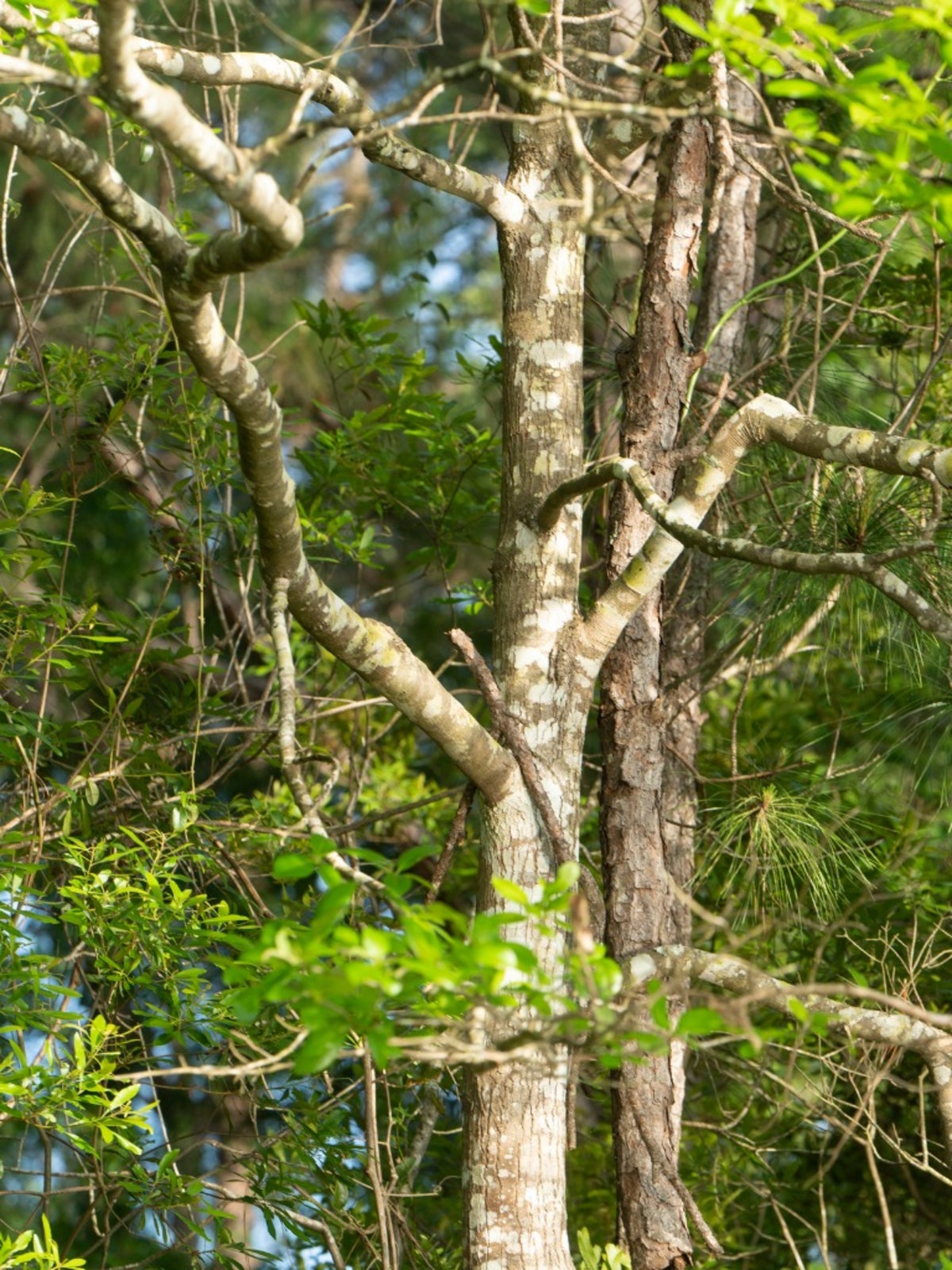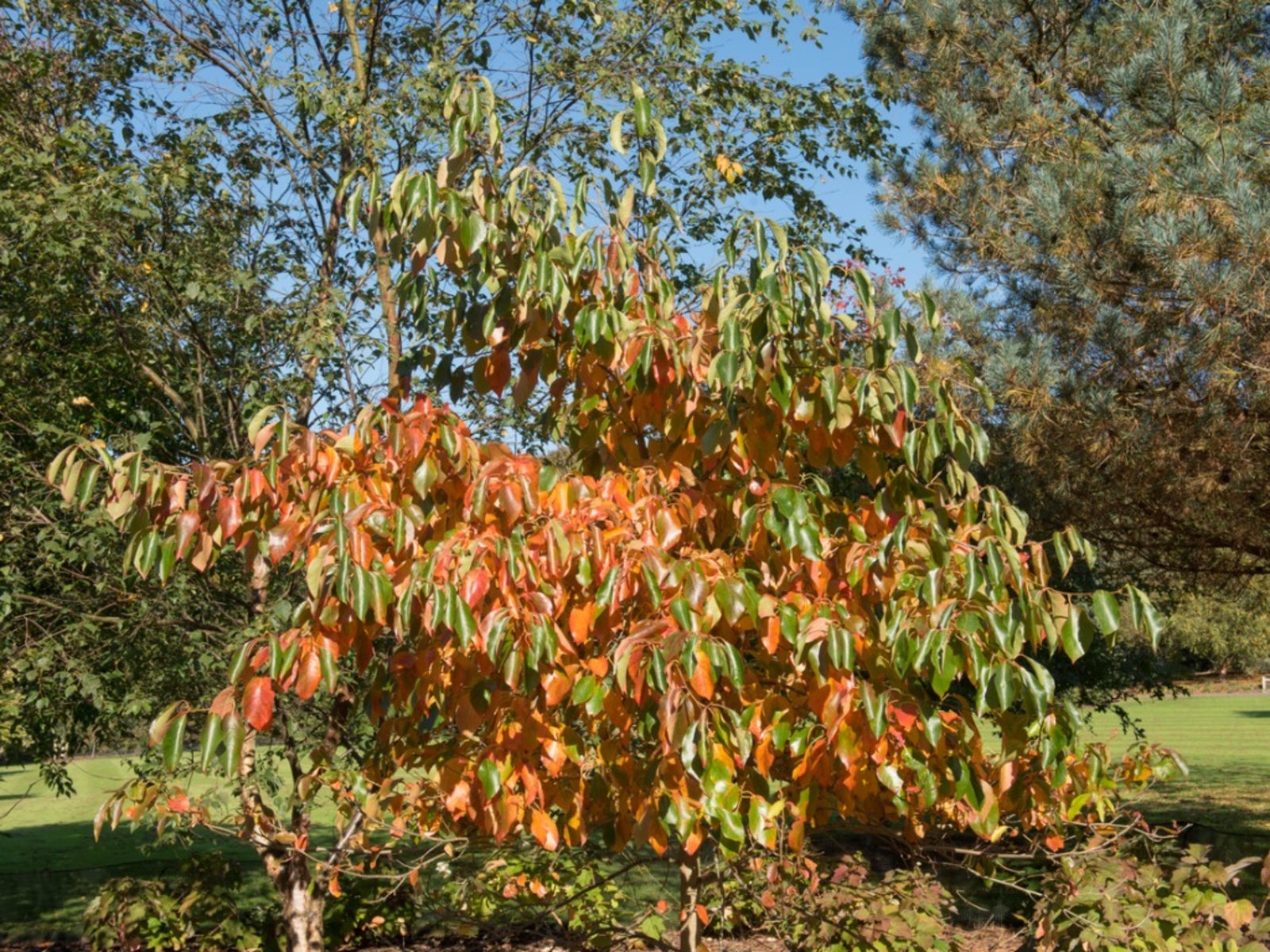Swamp Tupelo Info: Learn About Swamp Tupelo Trees In Landscapes


You are not likely to start growing swamp tupelo trees unless you live in an area with wet soil. What is swamp tupelo? It is a tall native tree that grows in wetlands and swamps. Read on for information about swamp tupelo tree and swamp tupelo care.
What is a Swamp Tupelo?
Unless you live on the country’s southeast coastal area, you may never see a swamp tupelo (Cornaceae Nyssa biflora), let alone hear of it. These are trees that thrive in wet bottomland soils. If you are considering growing swamp tupelo trees, you’ll need to take heed of the following swamp tupelo information: these trees grow in the wild in mucky areas, heavy clay soil, or wet sands – not your average landscape tree.
Swamp Tupelo Growing Conditions
They grow best where the soil is always wet from shallow moving water. Good sites include swamp banks, estuaries, and low coves that are saturated all year long. Even with excellent swamp tupelo care, you won’t be able to grow these trees in dry soil. In fact, you’ll find most swamp tupelo in the swamps and estuaries of the Coastal Plain. This includes parts of Maryland, Virginia, Florida, and Tennessee. Swamp tupelo information tells us that it is a tree that can soar to over 100 feet (30.5 m.) in height and swell out to 4 feet (1 m.) in diameter. The shape of the tree is unusual. Its crown is a narrow oval, and the tan colored bark has vertical furrows. The tree’s roots spread out on all sides of the tree, and they produce sprouts that can turn into new trees. If you like this unusual tree, you may want information on how to grow a swamp tupelo and that begins with finding an appropriate placement in your yard. A wet site is of utmost importance, but a sunny site is also essential. Swamp tupelos are said to be intolerant of shade. However, unless your property consists of swampy conditions and plenty of space, this isn’t likely something to add to the landscape. That said, this is a great tree for wildlife. According to swamp tupelo information, white-tailed deer love to eat the tree’s new growth and leaves, and many birds and mammals munch on its nutritious fruits. Other mammals that find nurture in swamp tupelo trees include bears, raccoons, and wild turkey. Birds also nest in the swamp tupelo. In addition, the flowers provide nectar for bees. So, if you are already fortunate to have one of these towering trees in the landscape, keep them around for the wildlife to enjoy.
Gardening tips, videos, info and more delivered right to your inbox!
Sign up for the Gardening Know How newsletter today and receive a free copy of our e-book "How to Grow Delicious Tomatoes".

Teo Spengler is a master gardener and a docent at the San Francisco Botanical Garden, where she hosts public tours. She has studied horticulture and written about nature, trees, plants, and gardening for more than two decades. Her extended family includes some 30 houseplants and hundreds of outdoor plants, including 250 trees, which are her main passion. Spengler currently splits her life between San Francisco and the French Basque Country, though she was raised in Alaska, giving her experience of gardening in a range of climates.
-
 Create A Romantic Garden Straight Out Of Bridgerton: Regency Era Romance In Your Garden
Create A Romantic Garden Straight Out Of Bridgerton: Regency Era Romance In Your GardenTry some romantic garden ideas straight out of Bridgerton. Flowers and gardens in the Regency era were lush and charming and you can get the same look!
By Bonnie L. Grant
-
 Moody Blooms For Spring: 8 Types Of Black Flowers To Add Drama To Spring Displays
Moody Blooms For Spring: 8 Types Of Black Flowers To Add Drama To Spring DisplaysFrom midnight burgundies to inky violets, several types of black flowers can enrich and embolden a spring display. Try these brooding bloomers for a moody garden
By Tonya Barnett
